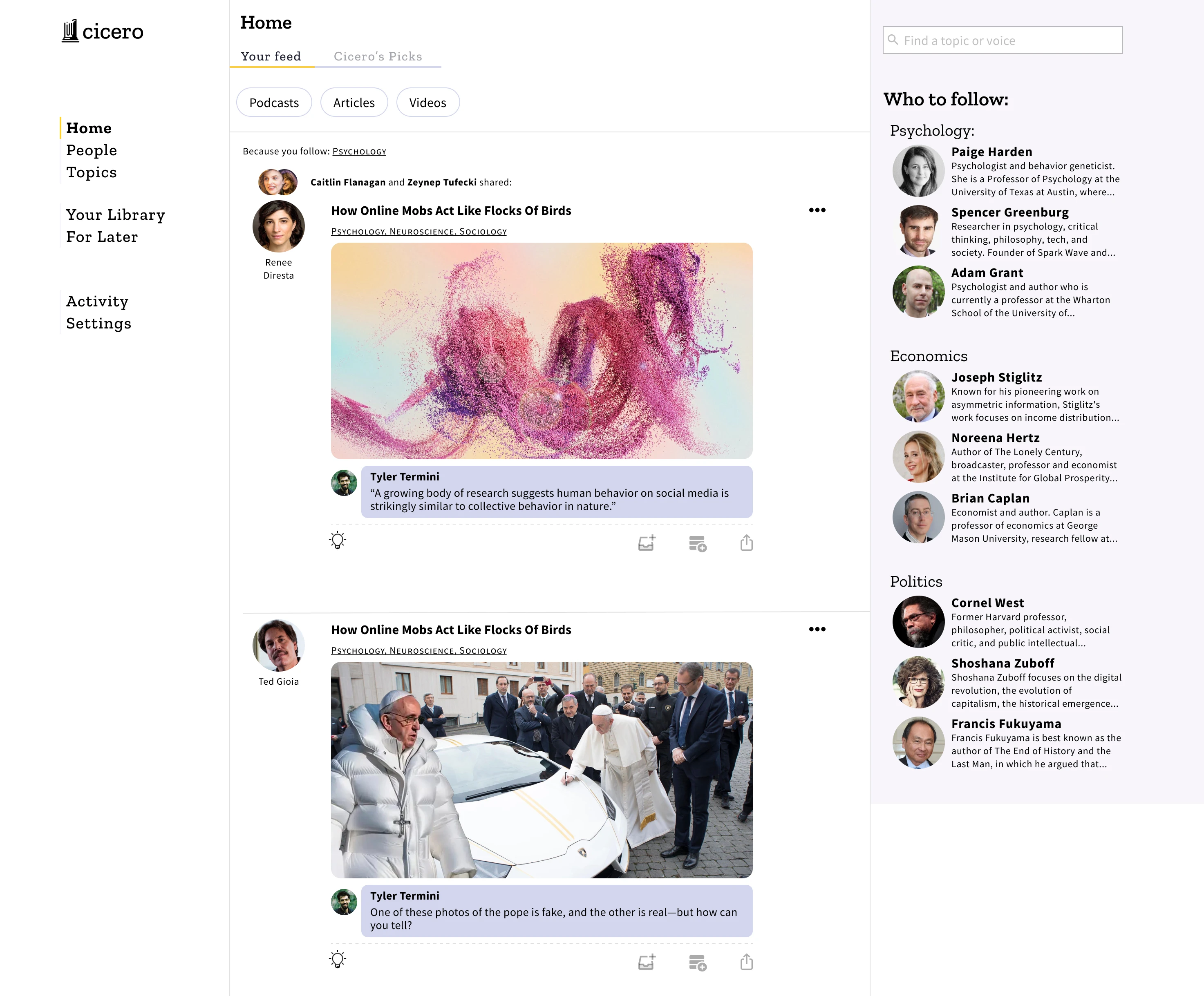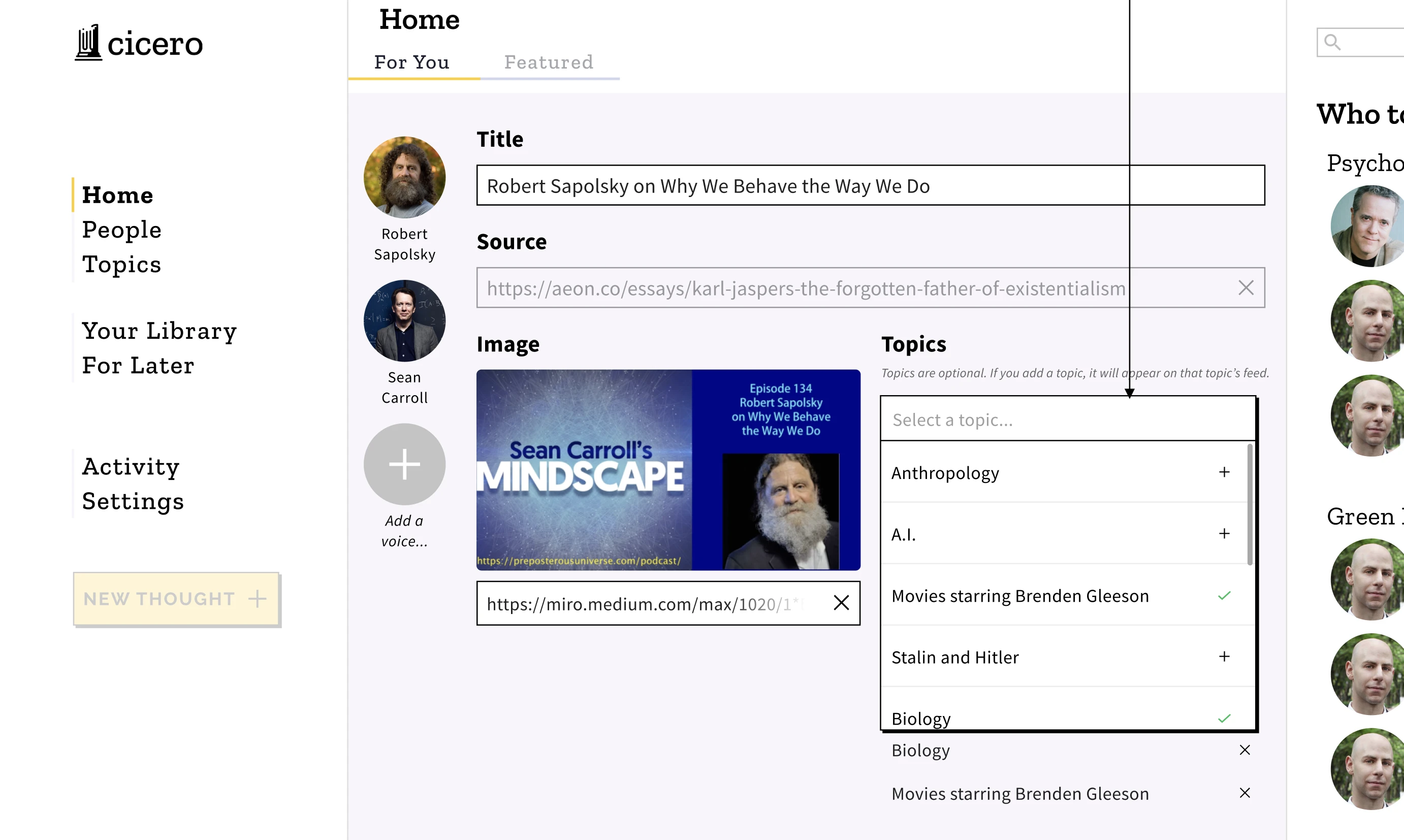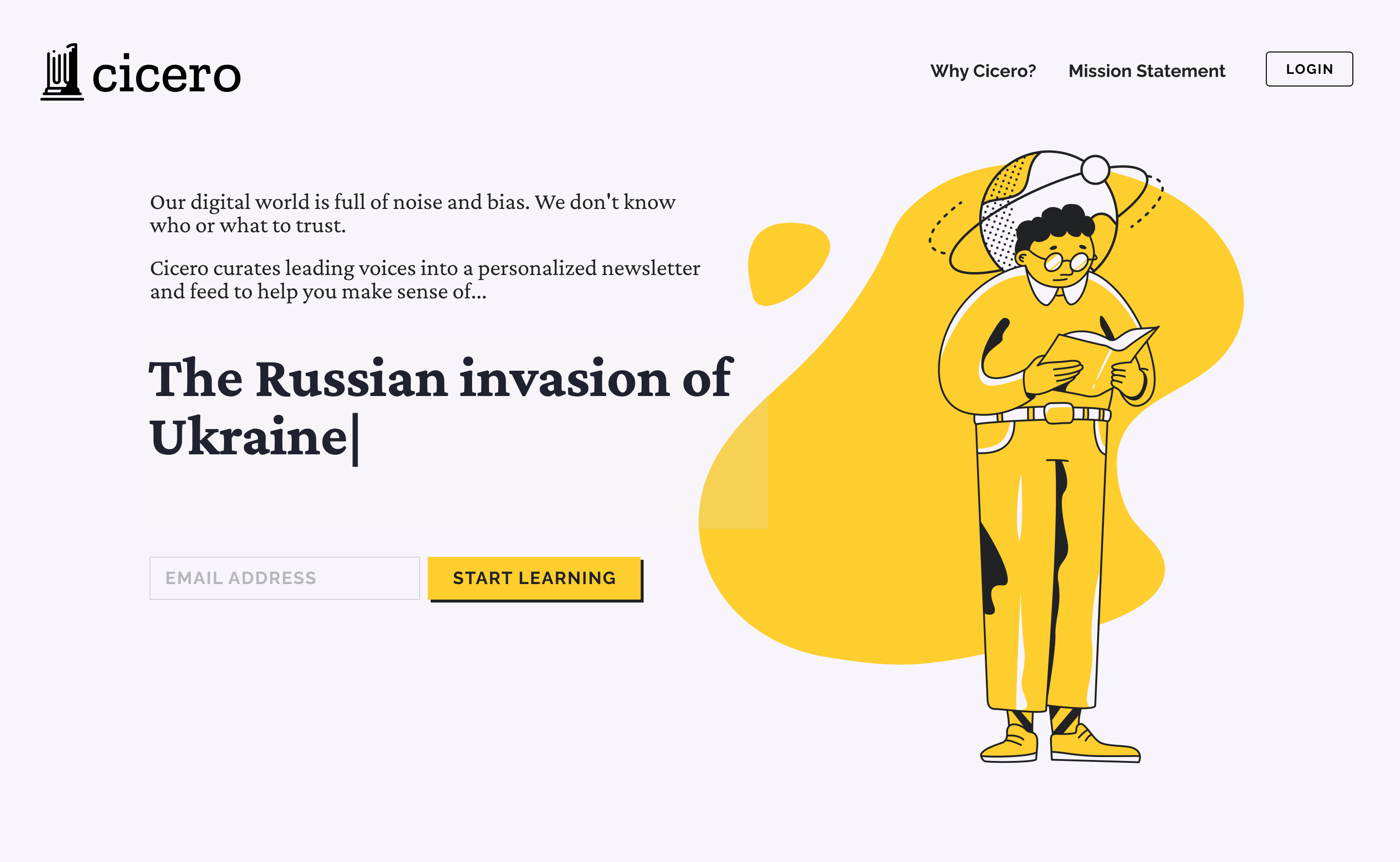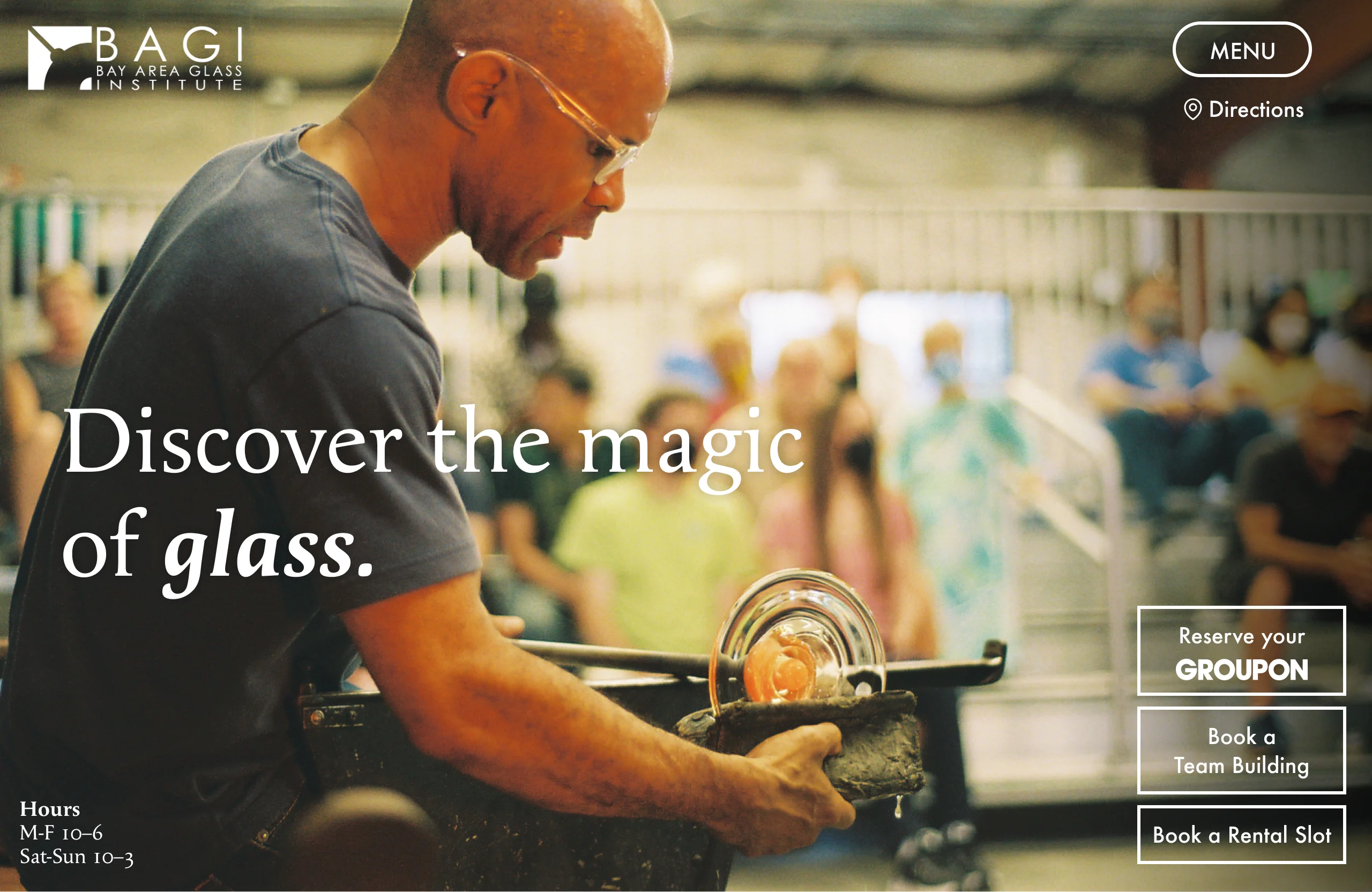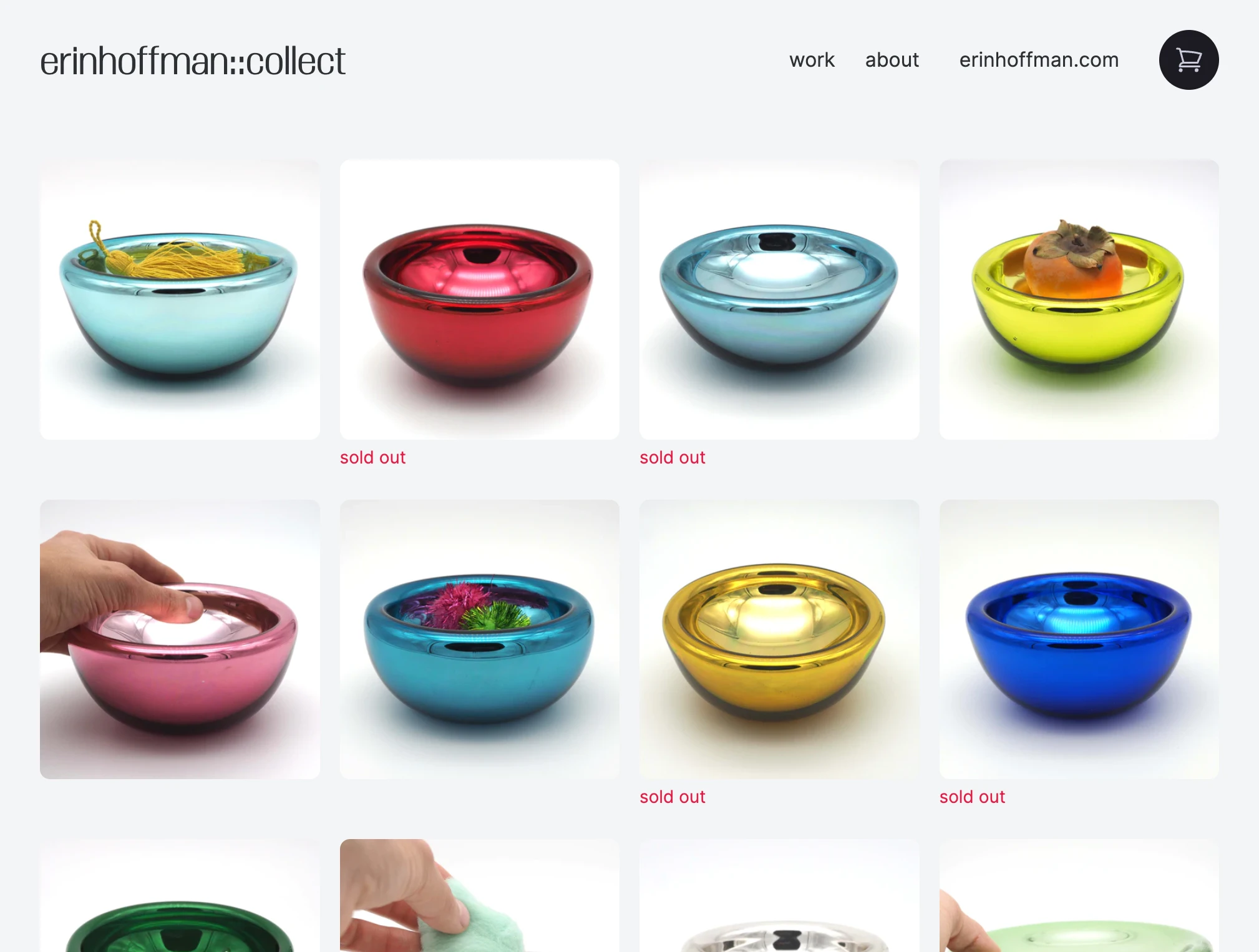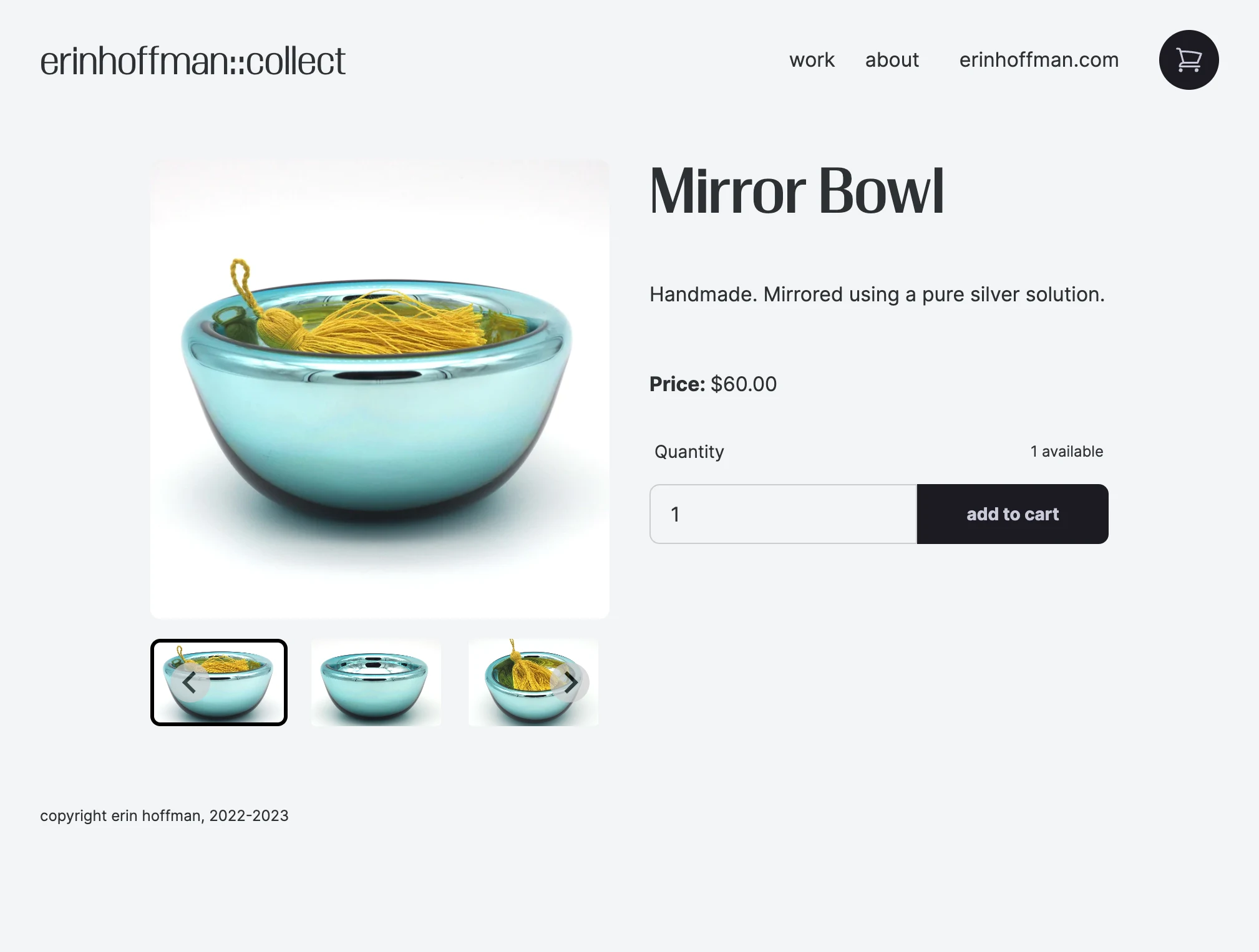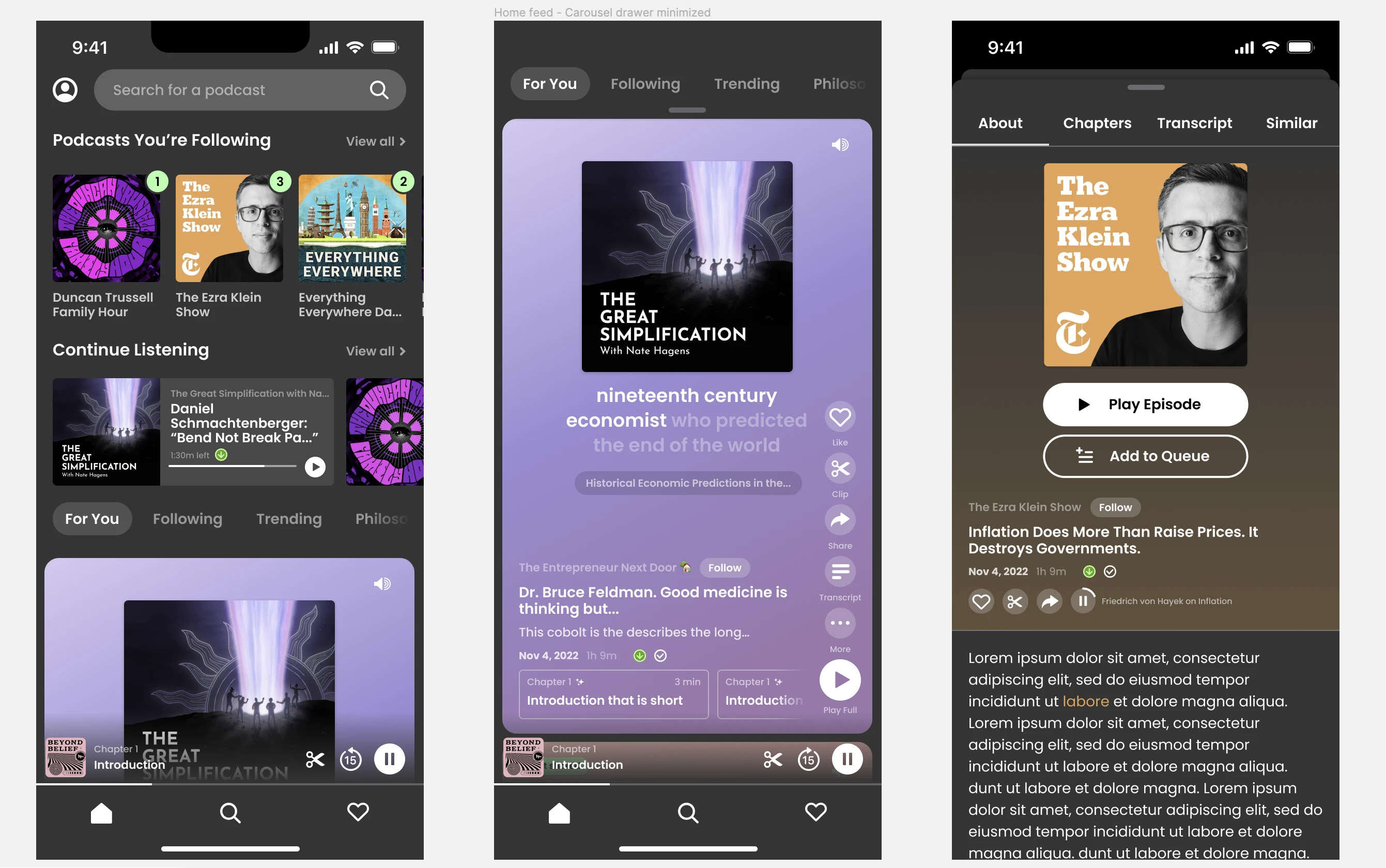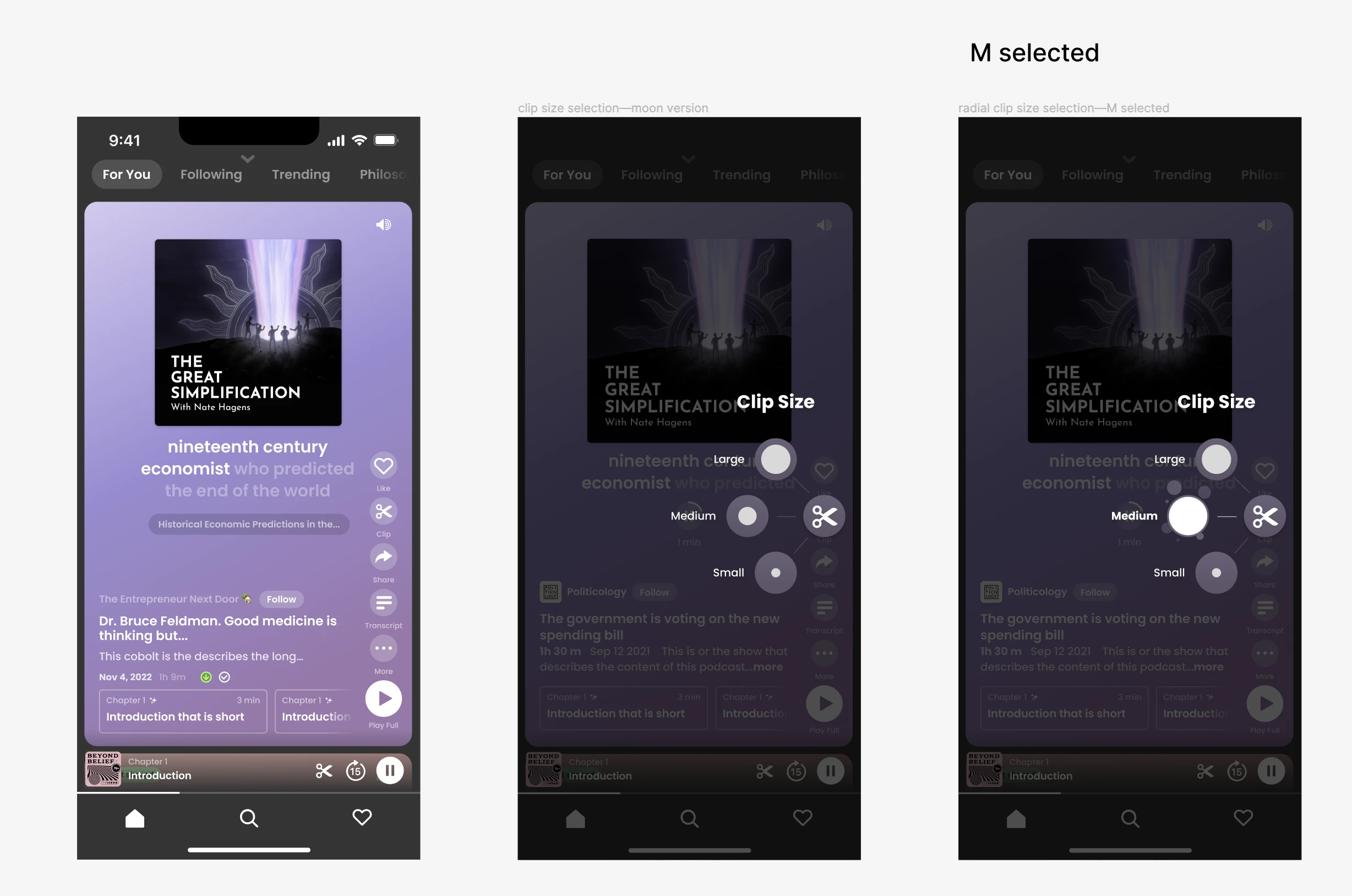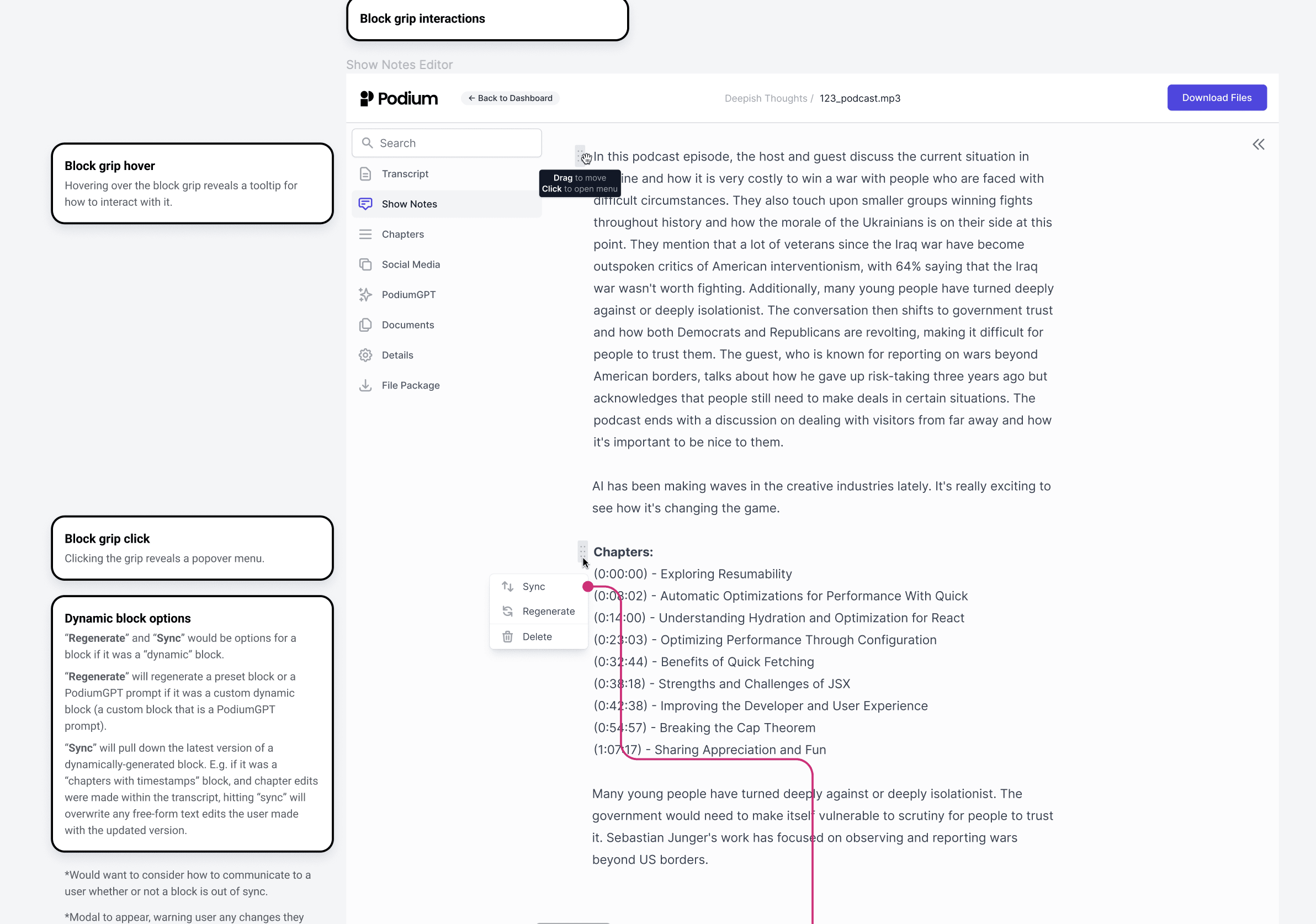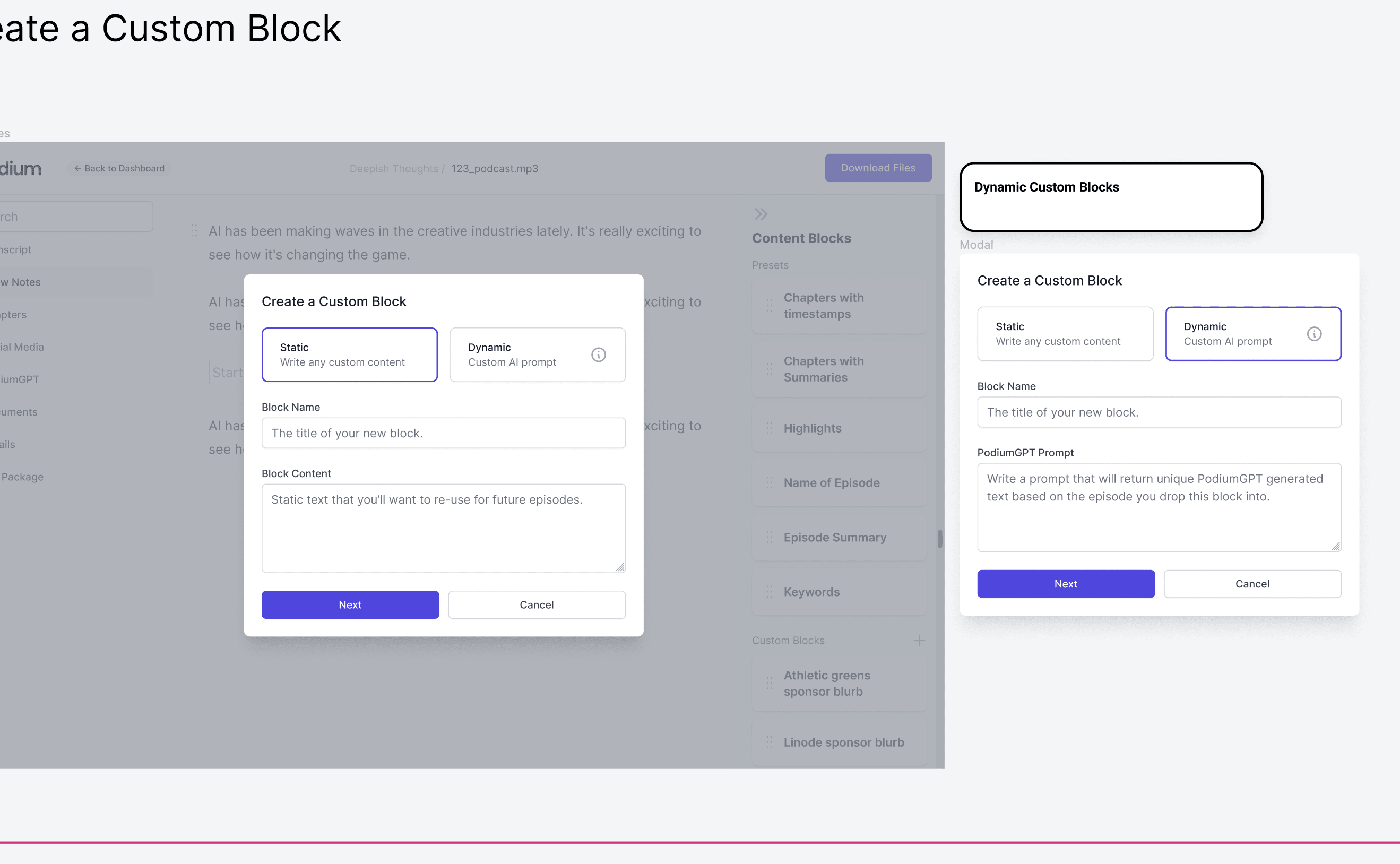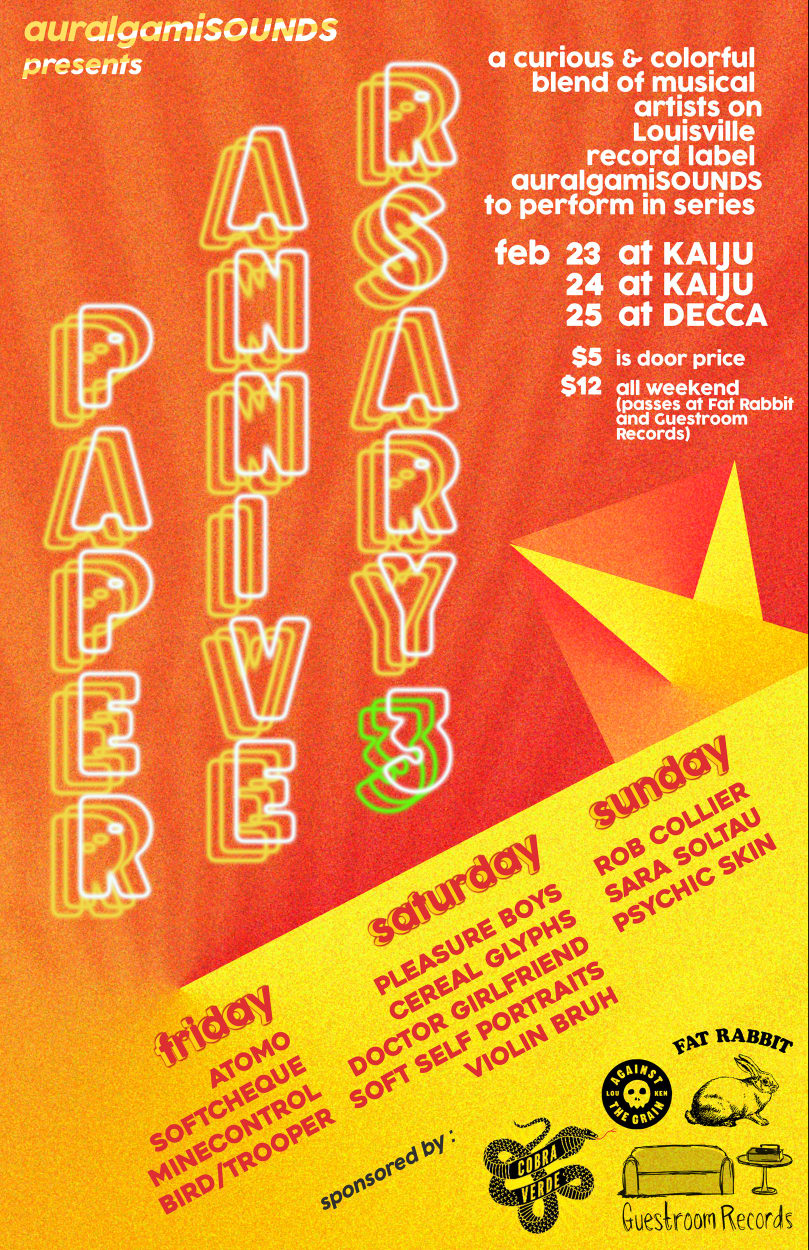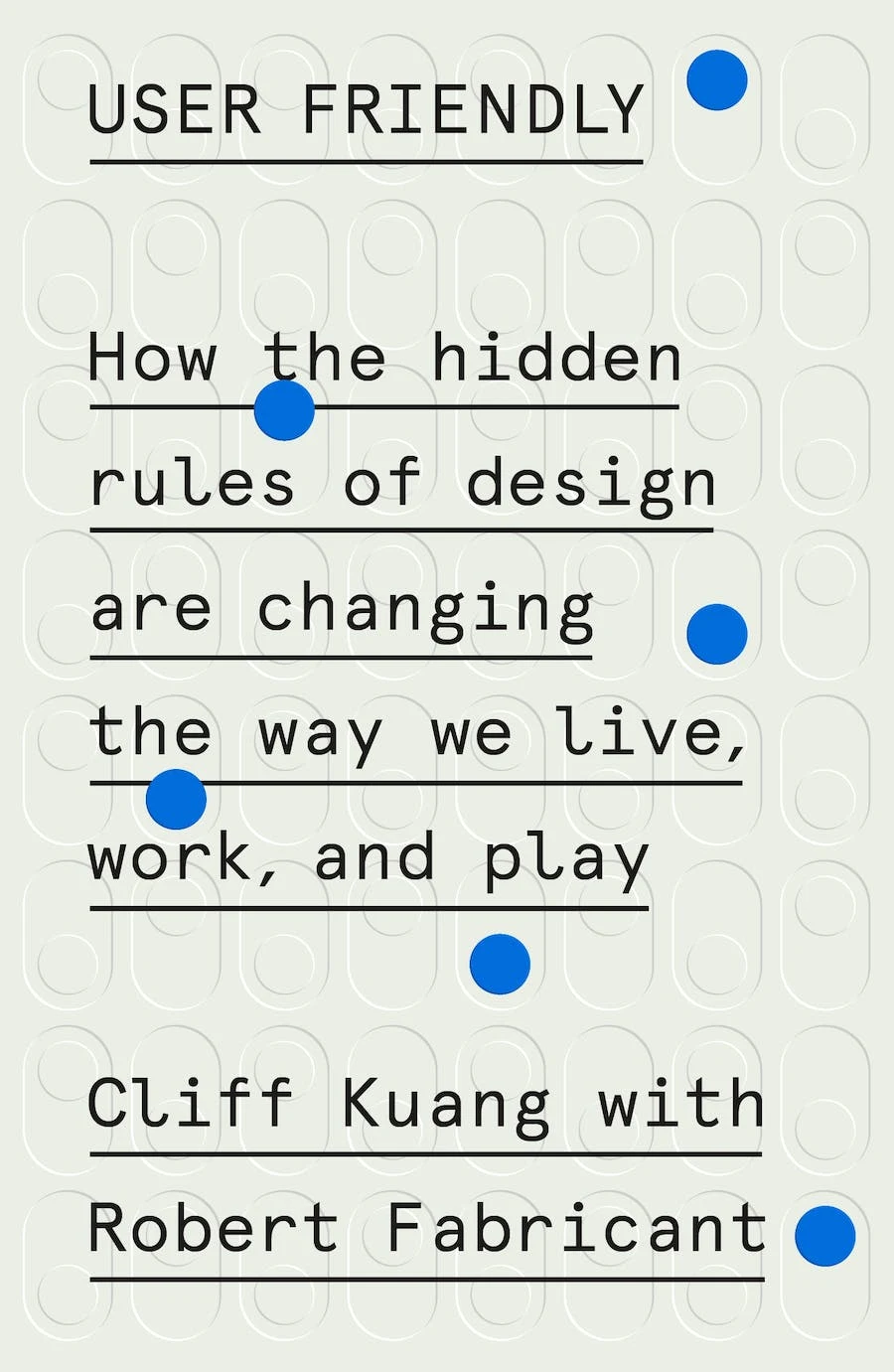Christian Lilley, Distinguished Engineer at McKinsey for 11+ years:
If you are hiring for great engineers - not the ‘most experienced’, nor the the ones who ‘already know what I need’, but GREAT engineers - then you want to hire Tyler. But… he’s not the guy you’re going to pick on the strength of his CV. Instead… if you hire for demonstrated problem-solving skills and technical fearlessness, rather than book-knowledge and certs, then you want to hire Tyler. If you hire for collaborativeness, professionalism and proven analytical ability rather than ‘seniority’, then you want to hire Tyler. Plus, if you want someone who will talk to your business and product people, ask them perceptive questions, and then chart the most efficient path to the real goal, you want to hire Tyler. Really. He’s a legit unicorn.
As proof: I met Tyler after he had helped his friends bootstrap a crazy idea into a viable startup product. He had no formal training, and near-zero experience, but somehow made it happen. That was impressive enough. But then I got to work with him. First of all, I’ve never worked with an engineer who was a better communicator, nor more even-keeled and collaborative. He’s a natural leader already, the kind of person you want around not because they boss people, but because they’ll thoughtfully, respectfully support their colleagues and improve your team culture, while manifesting healthy-but-minimal ego.
But then… I kept giving him ever-greater technical challenges, expecting I would quickly find his limits. Still hasn’t happened. “Containerize the API server”, I said. He did it. “OK… Now convert it to software-defined infra, and adopt better security practices.” He did it. “Figure out where the memory leak is in our application.” He did it, and then taught us all an impromptu lesson in how Node does garbage-collection, which was a term he didn’t even know 6 months ago. And what else: he’s deploying AI/ML models, integrating content pipelines, etc, etc. Along the way, he has offered more insightful commentary on technical and architectural choices than most engineers with CS degrees and years of ‘experience’. It’s all just stuff he has picked up along the way, while bootstrapping his way to greatness. In truth, he didn’t really even need me to tell him how to improve. He just needed someone to validate his excellent instincts, and then help him to test them on adequately worthy problems.
I have interviewed hundreds of engineers, have hired many dozens, and I’ve contracted 100’s more; at McKinsey, at clients, and at the elite vendor shops we used. I’d recommend Tyler to any of those organizations he wanted to work at, although I’d steer him away from any but the best (for him). If you should be so lucky as to grab him so he can take the next step in his career, please just take good care of him and groom him well… but know that I’ll always be eager to work with him again, as will anyone else I know. (No pressure.)
Farzad Khosravi, created the Customer Success team at Nylas; founder Cicero.ly:
Tyler’s skills are beyond measure. He searches for the truth in all systems. I’ve never met someone who does so much research. Best of all, he has the grit and wisdom to turn that research into progress at supersonic speeds. He puts everything above his ego and this enables him to excel immensely as an entrepreneur, an engineer, and a product-minded leader.
